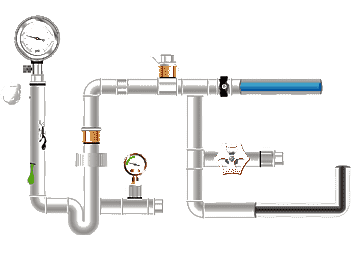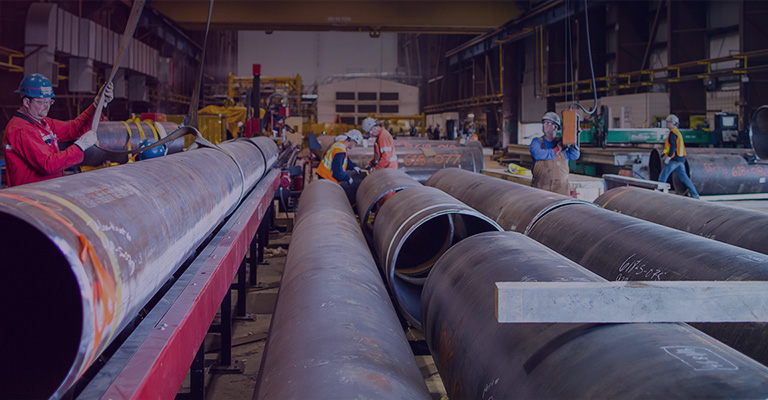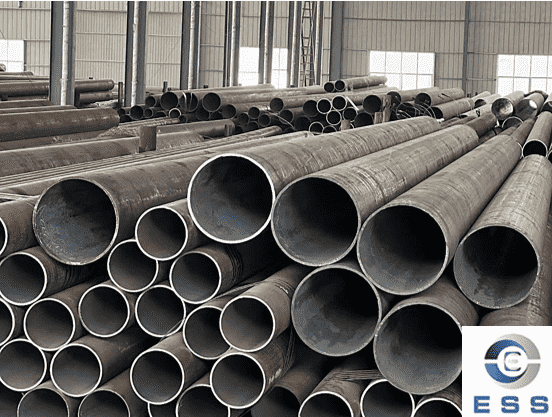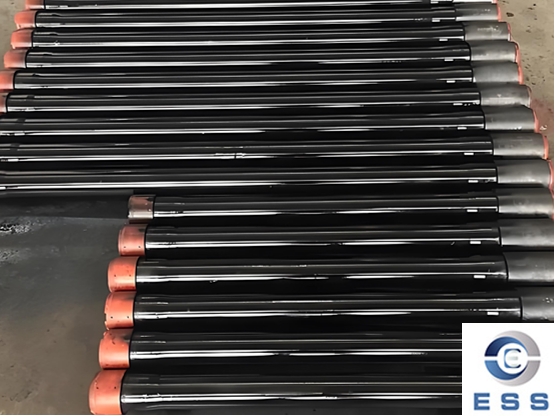
Overview
Process pipelines are commonly used fluid
delivery pipelines in industrial production, and pup joints may be required during their processing and maintenance. When adding pup joints
to common pipes such as carbon
steel pipe, specific requirements must be followed to ensure the normal
operation and safe use of the pipeline. Certain requirements must be met when
adding pup joints to ensure the normal operation and safe use of the pipeline.
Requirements for adding pup joints
1. Consistent pipe diameters
When adding pup joints to process
pipelines, the diameters of the pipes and pup joints must be consistent,
otherwise the pipe diameters will change, affecting the pipeline transportation
capacity. In hydraulic
tubes systems, if the diameters do not match, the hydraulic fluid will flow
poorly, affecting the normal operation of the equipment.
2. The length of the pup joint meets the
standard
When adding pup joints to process
pipelines, the length of the pup joint must meet the standard to ensure the
consistency and stability of the length of the pipeline after processing. For
pipelines used for special equipment such as boiler
tube, precise control of the length of the pup joint is even more critical
to ensure the accuracy of equipment assembly and the reliability of operation.
3. The same material
The pipe and pup joint used for adding pup
joints must be of the same material to ensure the stability and safety of the
pipeline. Pipes and pup joints of different materials may crack or break when
adding pup joints, which may cause pipeline accidents in serious cases.
4. Reliable quality
The pipes, pup joints and welding materials
used for adding pup joints must meet the requirements and undergo quality
inspection to ensure the quality of the pipeline. If poor quality materials and
welding materials are used, the safety and service life of the pipeline may be
affected.
Precautions for adding pup joints
1. The pipeline must be cleaned before
adding pup joints
Debris and dirt in the pipeline will affect
the welding quality and stability of the pipeline, and easily affect the
sealing of the pup joints. Especially for pipelines used for special operations
such as drill
pipe and casing
pipe, they need to be carefully cleaned before adding pup joints to prevent
impurities from affecting subsequent use.
2. The pipeline must be inspected before
adding pup joints
Check whether the pipeline has cracks,
deformation and corrosion to ensure the service life and safety of the
pipeline.
3. The welding materials must be inspected
before adding pup joints
The welding materials must meet the
requirements and undergo quality inspection to ensure the welding quality and
stability of the pipeline.
4. Correct welding methods must be adopted
when adding pup joints
Different materials and thicknesses of
pipes and pup joints require different welding methods to ensure welding
quality and pipeline stability.
5. Inspection must be carried out after
adding pup joints
The pipeline must be inspected after adding
pup joints to ensure the sealing and stability of the pipeline.
Summary
Certain requirements and precautions must
be met when adding pup joints to process pipelines to ensure the safety and
stability of the pipeline. The pipeline must be cleaned and inspected before
adding pup joints, and the correct welding method must be adopted when adding
pup joints to ensure the quality of the pipeline after processing. If you
encounter a situation where you don’t know how to add
pup joints, you must seek help from a professional organization with relevant
qualifications to ensure the quality and safety of adding pup joints.
Read more: What Is The Minimum Length of Welded Pipe Pup Joints?









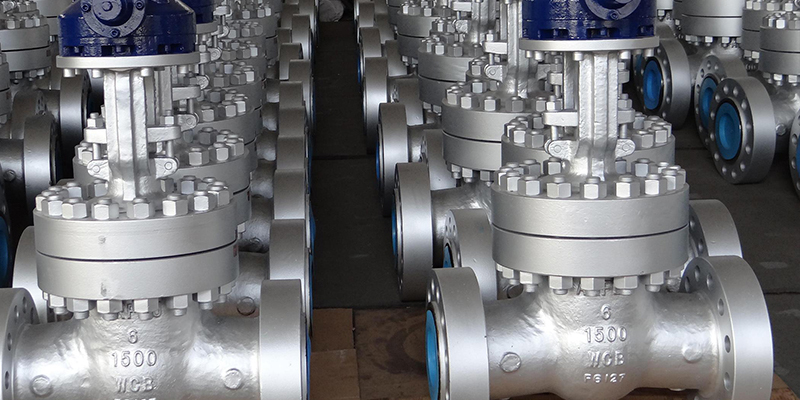
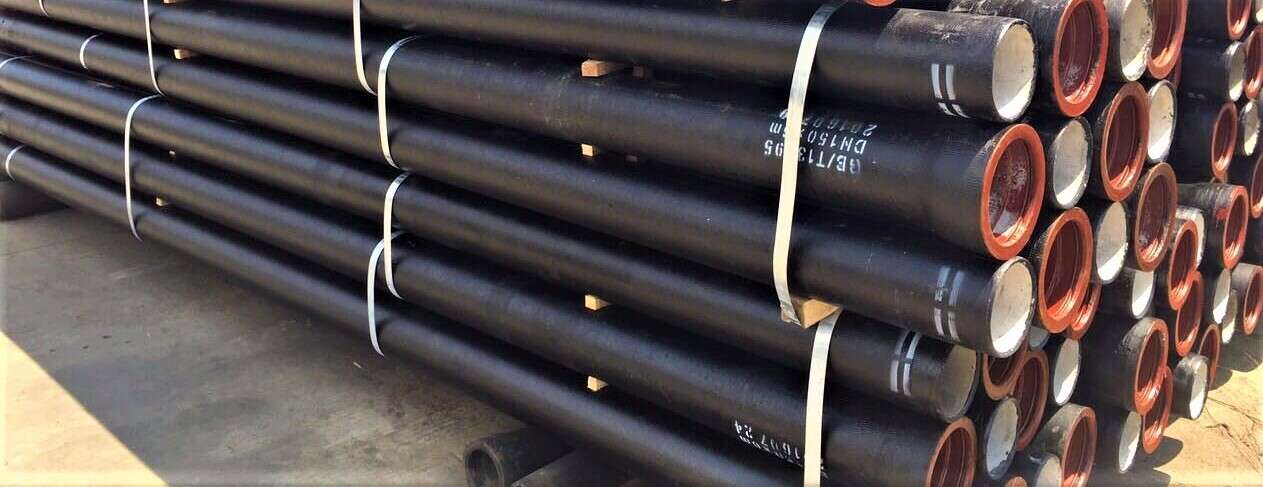


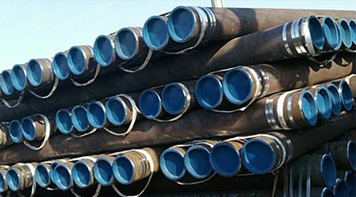 Eastern Steel Manufacturing Co.,Ltd not only improve product production and sales services, but also provide additional value-added services. As long as you need, we can complete your specific needs together.
Eastern Steel Manufacturing Co.,Ltd not only improve product production and sales services, but also provide additional value-added services. As long as you need, we can complete your specific needs together.
